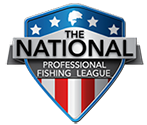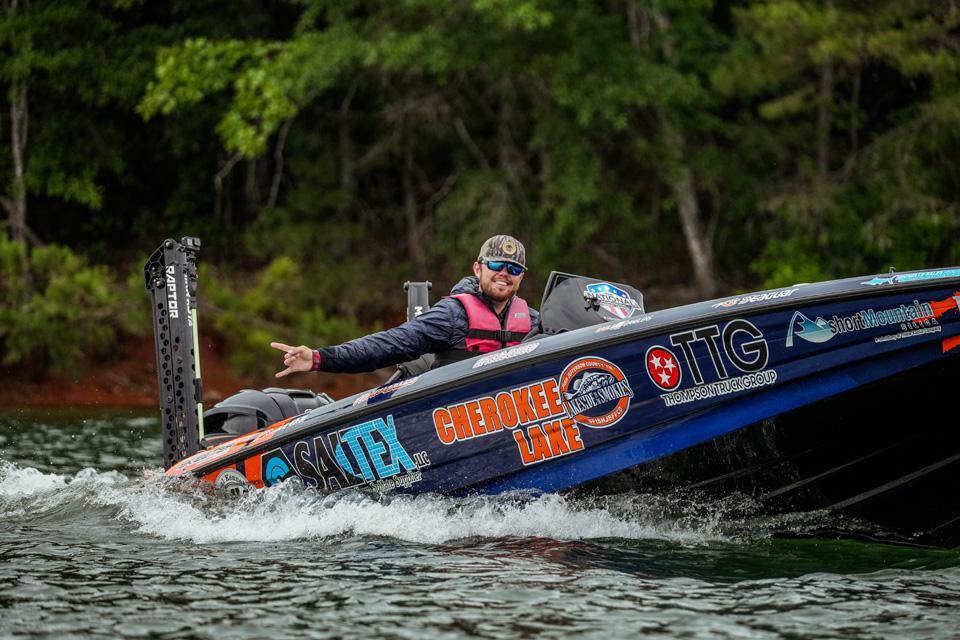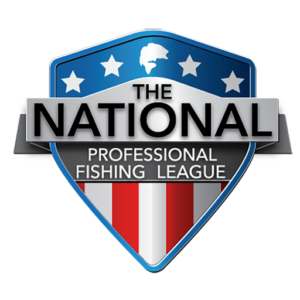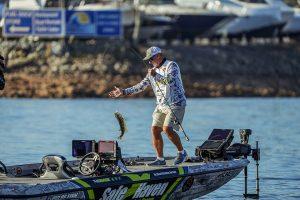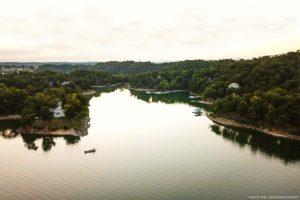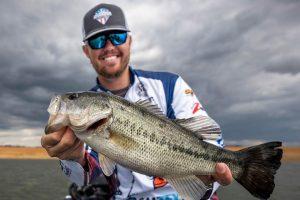Story by Hunter Sales | Photos by Tanner & Travis Lyons
If there’s one question that I get asked more than any other it’s this: “How do you approach breaking down a lake for the first time?”
The best tournament anglers are often those who most efficiently utilize their practice time and quickly pick up on patterns that are developing in different areas of the lake. With only three days of official practice, it is important to have a “practice system” that you can utilize on lakes across the country. Today, I’ll give you a look into what that “practice system” looks like for me.
A solid practice strategy starts well before I arrive at the lake. Solid pre-practice research includes looking up past tournament results, watching YouTube videos, and identifying historical areas and baits. Knowing that I am launching my boat in a section of the lake where quality bags of fish have been caught in the past helps to eliminate wasted time. It seems that the same 3-4 mile stretches in most lakes get hot around the same time of year. I won’t spend my entire practice fishing these historical areas, but I do like to start there in an attempt to discover what stage the fish are in. I am also a huge fan of utilizing Google Earth and similar satellite images to mark high-percentage isolated targets and transfer these to my Humminbird units before I arrive at the lake. I have a YouTube video on how to do this here.
Once I arrive at the lake, my first objective is to find an active group of fish where I feel that I can get a few bites quickly on tournament day. The baits that I have tied on differ slightly based on the lake, but for the most part I keep practice bait selection very simple. I’m not looking to get the correct bait dialed in just yet, but rather to identify an area that fish are using.
Some of the baits that I will always have rigged up in the pre-spawn include a Z-Man Jackhammer ChatterBait (usually in a shad pattern), some type of red shallow-diving crankbait, a jerkbait, and a bigger profile swimbait such as a Magdraft or glide bait. I prefer to practice primarily using moving baits until I feel confident that I am around a high population of fish. It’s astounding how much more water you can cover over three days of practice by throwing moving baits rather than picking each area apart.
Once I’m around a population of fish, sometimes I’ll slow down and attempt to learn more about the baits that are getting bit best, but most times I will save this discovery until Day 1 of the event. Even if you’re shaking fish off, I believe that they get educated by seeing your bait.
After I’ve identified the easiest way to catch a solid limit of fish, my practice turns to what I call “homerun approaches.” This could be looking for sneaky areas of the lake or patterns that are being overlooked by the majority of the field. Observing what other competitors are focusing on can often tell me exactly what not to do.
This seems counterintuitive, but I believe that if you’re doing what half the field is doing, you’ll likely find yourself right in the middle of the standings at the end of the event. Finding something to yourself is imperative to having a chance to win. Sometimes I’m unable to identify a pattern that I believe holds the potential to win, but it’s worth spending a day of practice to look. If not, I’ve already identified a pattern that I can build upon as the tournament progresses.
Overall, practice should be designed to locate high-percentage areas and targets, but not to necessarily have your approaches dialed-in. I trust myself to uncover the nuances of each fishery as the tournament days progress as long as I’m around quality fish. It’s very rare that a pattern from the first day of practice holds up throughout a three-day event. Winning practice should never be a tournament fisherman’s goal!
Give this simple process a try the next time you find yourself breaking down a new body of water!
Hunter Sales – Angler Profile
